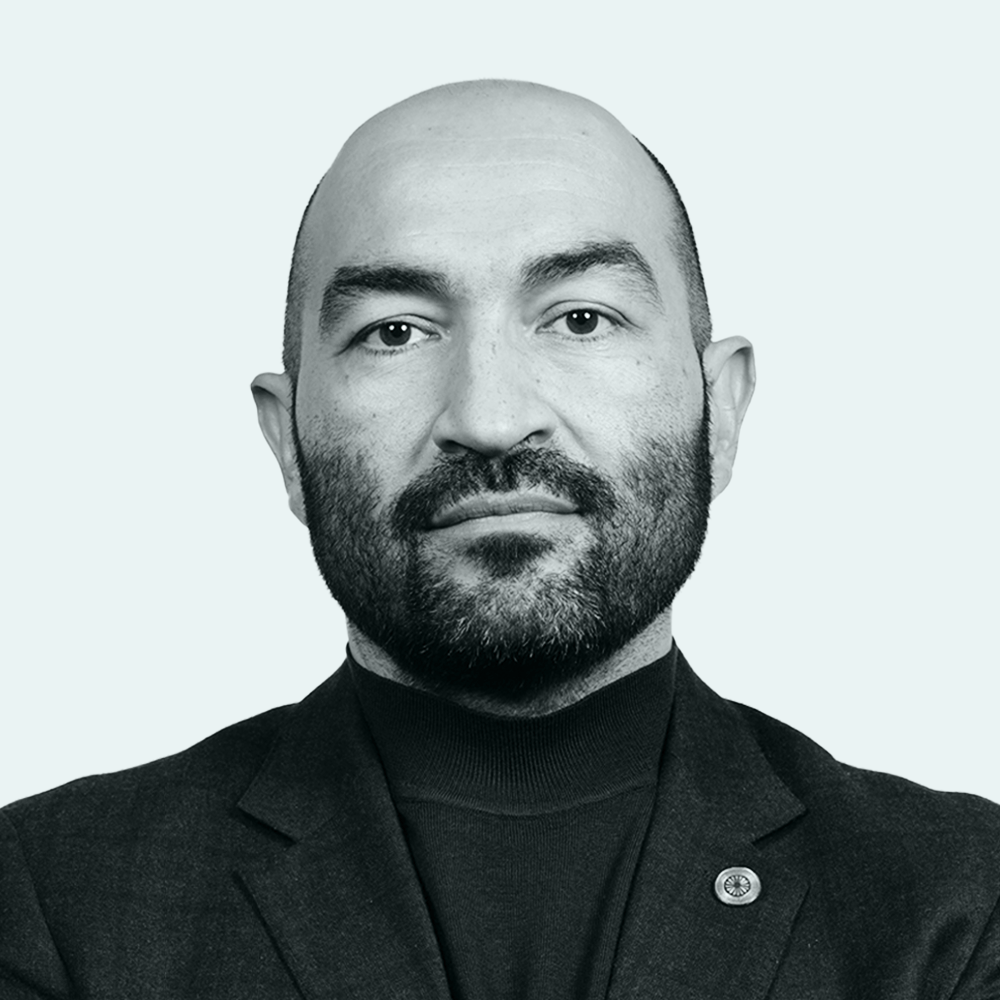The Decade of Roma Inclusion aimed to close the gaps between Roma and the rest of society, but thanks to opportunistic politicians, some of those gaps are wider than ever.
The Decade of Roma Inclusion has ended. This unprecedented collaboration between 12 European countries, encouraged by the World Bank and the Open Society Foundations, started in 2005 in Sofia, Bulgaria.
At that time, the prime ministers of these countries made a promise to “close the gaps between Roma and the rest of society,” and committed their domestic public institutions to fulfill this promise by 2015.
Did governments deliver on the promise? In short, no. The Roma Inclusion Index shows some progress in literacy levels, completion of primary education, and access to health insurance. But all in all, the daily life of Roma remains a struggle no other ethnic group in Europe faces.
On average, in the decade countries, only one in ten Roma completes secondary school, almost half of Roma are unemployed, and more than one in three Roma still live in absolute poverty, meaning they are severely deprived of basic human needs, including food, safe drinking water, sanitation facilities, health care, and shelter.
One change is noticeable: when the decade began, there was less money and more political will to deliver; today there is more money, but less political will.
How did this happen?
One contributing factor is, paradoxically, the accession of Eastern European countries to the European Union. Ten years ago, the Czech Republic, Slovakia, Hungary, Bulgaria, and Romania saw the decade as an opportunity to demonstrate their fulfillment of EU accession criteria on human and minority rights. As they were granted membership in the EU, the decade quickly lost its relevance for them.
Another influence was the financial crisis, which brought with it anger and economic anxiety. Against this backdrop, a backlash ensued against governments and the EU committing millions of euros “for Roma.” Opportunistic politicians quickly realized the potential of empty slogans like “Gypsy criminality,” “Roma privilege,” and “unwillingness to integrate” to gain quick and cheap votes. Others realized they risked losing votes if they did anything positive for Roma.
This toxic mix increased opposition to Roma children in ethnic-majority schools and Roma families living in ethnic-majority neighborhoods. Anti-Roma riots, forced evictions, violence, and killings became part of life for Roma—particularly in Hungary and Bulgaria, where the decade was born. The economic crisis catalyzed anti-Gypsyism as an effective weapon in domestic politics.
In western EU countries, the fear of Roma immigration coupled with long-entrenched anti-Roma stereotypes fueled antimigration and anti-EU politics. Mainstream political parties, wary of far-right electoral gains, implemented a dual strategy of hardline anti-Roma politics at home, with sympathetic policy gestures internationally.
For instance, domestically France and Italy took a hard line against Roma. Italy launched a policy of fingerprinting Roma and placed them in apartheid-like encampments, while France bulldozed Roma settlements.
At the same time, at the international level, both countries pushed for measures on Roma inclusion in eastern EU countries in order to discourage those Roma from migrating to the West. This was one of the major reasons behind the creation of the EU Framework for Roma Integration Strategies, which called on all EU member states to develop a targeted approach to Roma inclusion, and to submit their strategies by the end of 2011.
This hypocrisy had devastating effects on Roma in eastern EU countries like Bulgaria, for instance. Although the EU provided generous funds, Bulgaria did not use them to prevent evictions or offer alternative housing. It simply signed on to the EU Framework, just as it signed on to the Decade of Roma Inclusion, to create the appearance of pushing positive change, while in reality making few real efforts.
Indeed, last summer, the government calmed ethnic-majority protesters by demolishing hundreds of Roma houses. Today, Bulgaria and countries like it have ample funds to improve the situation of Roma—but national political elites don’t dare risk punishment at the ballot box by enacting policies favorable to Roma.
The Decade of Roma Inclusion and the EU Framework for Roma Integration were two of the most significant international political developments for Roma in the last 10 years. Did they improve life for Roma in Europe? On the contrary—for many, life has gone from bad to worse.
What the Decade Revealed about Change in Institutions
This status quo exposed by the Decade of Roma Inclusion—the international appearance of progress concealing a devastating regression at home—works well for a narrow elite. Too many politicians, civil servants, experts, staff of international organizations, donors, and local NGOs comfortably entrench themselves in the industry of report writing, conferences, and usually EU-funded projects.
These activities might lead to limited improvements, but at the domestic level they have been ineffective at creating equal access to public services for Roma.
We, who claim to be most concerned about and committed to inclusion, need to change the way we work. This starts with some hard truths about the real obstacles to inclusion.
Anti-Gypsyism, as a form of exclusion, is not haphazard. It is embedded in our domestic institutions and structures. It runs through public offices, schools, hospitals, the labor market, the welfare system, police, and elections. A Roma child denied schooling with everyone else is not the result of one rogue, racist teacher—a whole system, built and entrenched over time, has led to this.
Anti-Gypsism, as a form of exploitation, brings political power to some—anti-Roma campaigns bring in votes—and economic gain to others. Increasing the number of Roma children in schools for those living with disabilities, for instance, increases those schools’ revenues.
Nor is anti-Gypsyism a unique instrument. The poor, the young, women, migrants, Jews, Muslims, LGBTI, and people with disabilities are excluded and exploited too, although the instruments against them—male supremacy, Islamophobia, anti-Semitism, homophobia, and others—are different.
Individually, these groups are not powerful enough to challenge comfortably entrenched elites and institutionally embedded exclusion. It is essential to form broad coalitions among all those excluded and together force change in public institutions.
The decade, the EU Framework, and EU funds are not without merit. They might help in raising awareness about challenges and possibilities for change, but they should not serve as fig leaves for governments to conceal their lack of commitment at home. Such international interventions and funds can help only if they expand participation in sharing domestic political power and public budgets beyond the narrow elites.
Only when the excluded and the exploited are a constituent part of setting priorities for public institutions and funds will we experience a change in the way schools educate, hospitals cure, police protect, the economy works, and elections give free voice.
Only then will we have trust in our public institutions.
This article was originally published on opensocietyfoundations.org.

Zeljko Jovanovic
President
The latest

Roma Foundation for Europe network condemns racist remarks by Romanian minister, calls for accountability

When Bulgaria’s Streets Echo Roma’s Longstanding Reality

Slovenia’s "Šutar Law" Sets a Dangerous Precedent for Europe
Browse by category
Campaigns
Events
Facts
Press
Voices
For media inquiries:
[email protected]Sign up here so you don’t miss out on campaign updates, upcoming events and other news from the Roma Foundation for Europe and our network.
Sign up for our newsletter